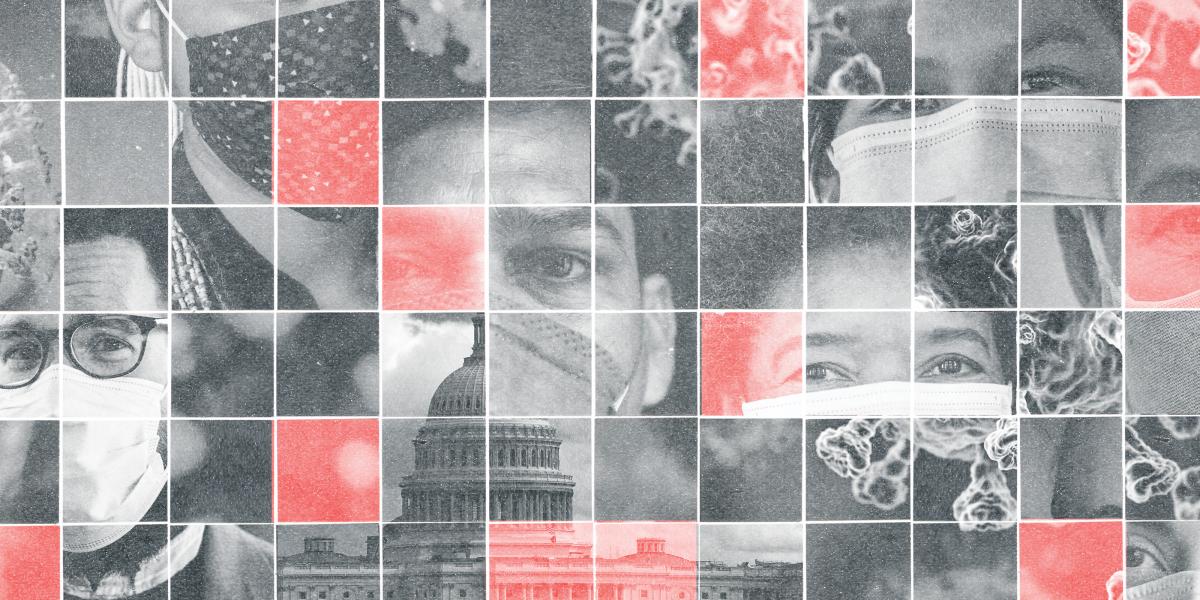The Pandemic Response That Wasn't
Preparedness policies require a long view—but politicians tend to think short-term.
The post-9/11 anthrax attacks—when spore-laced letters were delivered to victims in the mail—terrorized the country. The government ordered millions of doses of the antibiotic ciprofloxacin to prevent the life-threatening disease—and then replenished the nation’s stockpile so that it might have enough in the event of a future attack.
But after a few years, memory of the attacks began to fade from America’s collective psyche, and funding to maintain the cipro in the stockpile dropped off. Five years after the anthrax attacks, the nation’s stash of cipro had returned to its pre-2001 level.
For Gerard Anderson, PhD, a professor in Health Policy and Management, this cycle confirmed his belief that governments tend to fund public health only in the immediate wake of an emergency. Before long, the money gets redirected to other projects and the country reverts to its usual, unprepared state.
So Anderson was hardly surprised when the U.S. struggled with its response to COVID-19. The problem isn’t so much a lack of policy on issues like stockpiles, he says, but rather a lack of funding and a clear delineation of which agencies are in charge of what aspect of the emergency response. And when the threat of a future pandemic seems nebulous, politicians feel little urgency to rectify the matter.
“Policymakers tend to emphasize what is happening today instead of planning for the future,” Anderson says. As a result, public health represents just 2.5%—$274 per person—of all health spending in the country, according to a 2019 report by the Trust for America’s Health.
One of the most recent bellwethers of these policy shortcomings occurred in January 2017. A week before President Trump’s inauguration, his team and Obama administration officials convened for a roundtable on pandemic influenza that illustrated weaknesses in the nation’s preparedness. In the summary of the exercise’s discussion points, Obama administration planners noted that, as cases of respiratory illness flared across the U.S., the country would begin running short of medication, ventilators, and personal protective equipment. Shoring up the supplies in the Strategic National Stockpile would have been a smart response, but politicians have historically had little stomach for such funding allocations.
Shoring up the supplies in the Strategic National Stockpile would have been a smart response, but politicians have historically had little stomach for such funding allocations.
The anecdote illustrates the paradox of American public health preparedness: Everyone wants a national stockpile, but no one wants to pay for it. As a result, the supplies actually stockpiled tend to dwindle until an emergency alerts everyone to our shortsightedness. Then, as happened after 9/11, funding will increase for a period before hubris—and tightfistedness—takes over once again. The reason is simple. If two politicians are running for office and one says she will spend money on PPE and another says she will build a community center, most voters will prefer the latter, according to Anderson. Ditto for politicians wanting to beef up spending for surveillance, emergency operations capabilities, or any of the other 15 preparedness core competencies outlined by the CDC. The results: More than 55,000 jobs at local health departments were lost from 2008–17, according to the Trust for America’s Health. And CDC funding dropped by 10% from fiscal years 2010 to 2019, after adjusting for inflation.
But since pandemics are rare, the chances that the lack of preparedness will come back to bite the politician are pretty slim.
“Something that might happen in 10 years is not given much importance because it is probably going to occur after they leave office,” Anderson says.
Another factor that has hindered America’s response to COVID-19 is that the country’s public health system is a combination of local, state, and federal government programs. The bulk of public health work is done at the local level, Anderson says, but the challenges of responding to the pandemic have overwhelmed their limited resources. The federal government has also been accused of hoarding resources, and Trump administration officials have asserted that the Strategic National Stockpile is not for state use, despite laws indicating otherwise. In this confusion, Anderson says, limited resources don’t get to where they are needed.
This lack of focus on the larger picture characterizes other health-related policies as well. The U.S. is one of the only industrialized nations with no universal health care and no paid sick leave—two factors that underlie not just pandemic preparedness but basic public health, says Keshia Pollack Porter, PhD ’06, MPH, associate dean for Faculty and a professor in Health Policy and Management.
The U.S. has been debating paid sick leave for more than a century. But, Pollack Porter says, disagreements about the government’s role in providing social services to its citizens has meant that many social services are seen as a privilege rather than a right.
This creates immediate problems during a pandemic, especially in the early days when social distancing is the best first step for mitigating transmission. Instructions to stay home when ill are helpful, but if a job doesn’t offer sick pay, many workers are forced to choose between a paycheck and their own (and everyone else’s) health.
“Paid sick leave is a public health policy,” Pollack Porter says.
With unemployment estimated at 20% a result of COVID-19, Pollack Porter says that a solid policy response to this secondary crisis will be key to helping the U.S. recover from the pandemic.
“This pandemic has illustrated vast systemic failures, including an underfunded public health system, lack of safety for frontline workers, and the absence of social policies like paid sick leave,” Pollack Porter says. “Things will only get better if we learn from the failures and address them. And if we don’t, these same failures will be present for the next outbreak that is sure to come.”
